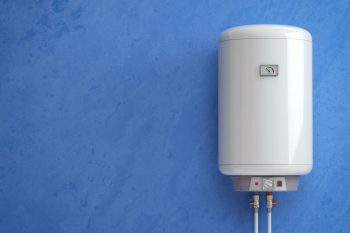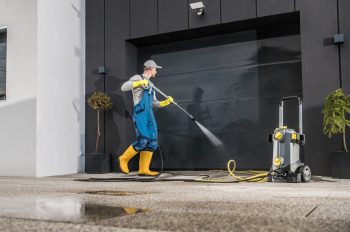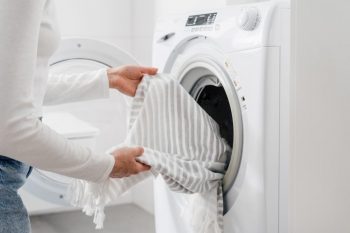
Understanding how to repair a vacuum hose can save you time and money. When it comes to vacuum cleaners, the hose is one of the most vulnerable components. It’s constantly being twisted, bent, and stretched to reach every corner of your home. Over time, this can lead to wear and tear, resulting in cracks, leaks, and reduced suction power. In this comprehensive guide, we will walk you through the process of diagnosing and fixing a damaged vacuum hose.
To fix a vacuum hose, first identify the problem area. If the damage is near the end, remove the plastic connector and cut off the damaged part. If the leak is in the middle, clean the area and use silicone tape to patch the leak. Test the vacuum cleaner to ensure the repair was successful. Regular maintenance and proper storage can help prevent future damage. Remember to replace the hose if it continues to leak or has multiple weak points.
Identifying the Problem
Before you can fix a vacuum hose, you need to identify the problem. Common signs that your vacuum hose needs repair include:
- Reduced suction power
- Visible cracks or holes in the hose
- The vacuum cleaner overheating
- Strange engine noises
Tools and Materials Needed
Repairing a vacuum hose is a relatively straightforward task that requires basic tools and materials. Here’s what you’ll need:
- Utility knife or scissors
- Silicone tape or self-fusing silicone tape
- A damp cloth for cleaning
Steps to Fix a Vacuum Hose
Now that you’ve gathered your tools and identified the problem, it’s time to start the repair process.
- Locate the damage: Inspect the hose for any visible cracks, splits, or holes. The location of the damage will determine the best method of repair.
- Cut off the damaged part: If the leak is near the end of the hose, remove the plastic connector from the end of the hose using a pair of pliers. Use a utility knife to cut off the end of the hose above the leak.
- Patch the leak: If the leak is in the center of the hose, clean the area around the leak with a damp cloth to ensure proper adhesion. Use a silicone tape, such as Tommy Tape or self-fusing silicone tape, to patch the leak.
- Test the vacuum cleaner: After the repair, test the vacuum cleaner to ensure that the hose repair was successful and that the vacuum is functioning properly.
Preventative Maintenance
Regular maintenance can prolong the life of a vacuum hose. Here are some tips:
- Regularly inspect the hose for any signs of wear and tear
- Clean the hose periodically to prevent clogs
- Avoid using the hose on sharp objects or hot surfaces
- Store the hose properly to avoid kinks and bends
Remember, while repairing a vacuum hose is possible, sometimes it’s better to replace it altogether rather than deal with repeated leaks at the weak point. Most home improvement stores carry replacement vacuum hoses, or you can order one from the manufacturer.
In conclusion, understanding how to fix a vacuum hose can save you time and money in the long run. With a few basic tools and a little patience, you can extend the life of your vacuum cleaner and keep it running at peak performance. Remember to always follow safety guidelines when repairing any appliance, and don’t hesitate to consult a professional if you’re unsure about any steps in the process.
Frequently Asked Questions
What is self-fusing silicone tape and where can I get it?
Self-fusing silicone tape is a type of tape that bonds to itself upon contact without the need for any adhesive. It creates a watertight seal and is resistant to heat and electricity, making it ideal for many kinds of repairs including vacuum hoses. You can find it at most home improvement stores or online retailers.
What should I do if the vacuum cleaner is still not working properly after the repair?
If the vacuum cleaner is still not functioning properly after the repair, the problem may lie elsewhere in the vacuum. It could be a clogged filter, a full dust bag, or a motor issue. Check the manufacturer’s troubleshooting guide or consult a professional.
How often should I clean my vacuum hose?
The frequency of cleaning your vacuum hose depends on how often you use your vacuum cleaner. However, as a general rule, you should clean it every 3-6 months to ensure optimal performance.
Can I use duct tape instead of silicone tape to fix the vacuum hose?
While duct tape can temporarily fix a vacuum hose, it’s not a long-term solution. Duct tape does not adhere as well to rubber as silicone tape does, and it may not withstand the pressure and movement of a vacuum cleaner. Silicone tape is the recommended material for this type of repair.
How can I properly store my vacuum hose to avoid damage?
To store your vacuum hose properly, you should avoid kinks and bends. You can hang the hose in a loop on a hook or store it in a large coil on the floor. Avoid storing it tightly wound or in a cramped space, as this can lead to cracks and leaks over time.












